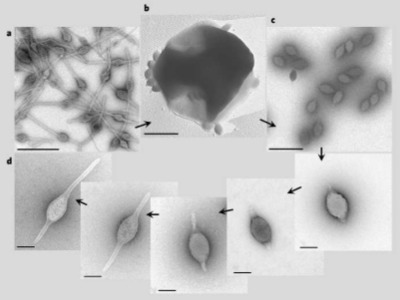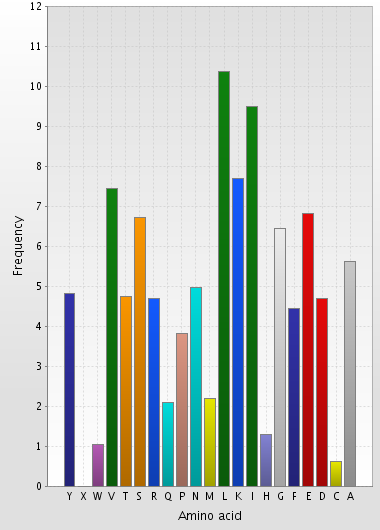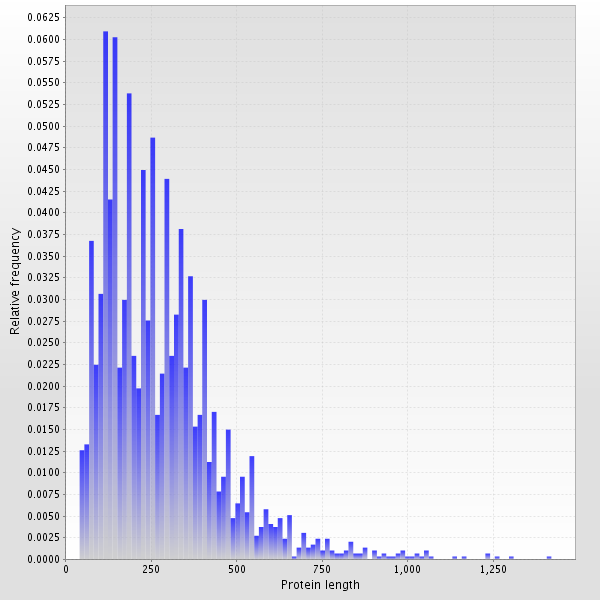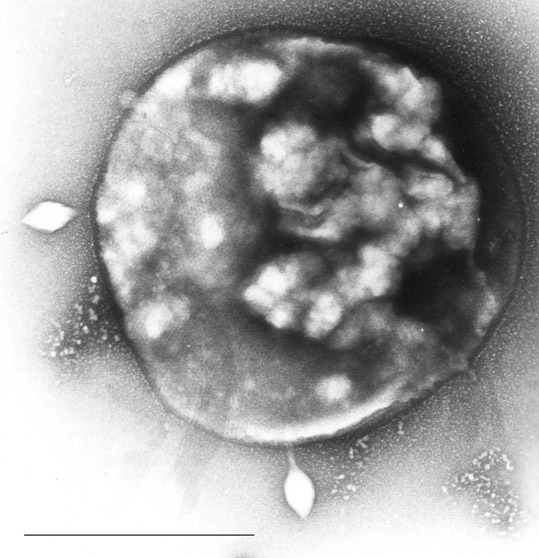Sulfolobus_solfataricus
На главную
Общая информация
Sulfolobus solfataricus - одноклеточный термофил, принадлежащий группе Архей. Оптимально растет при температуре 80С и может быть найден в
залежах серы в кислой среде с рН от двух до четырех. Характерны два способа питания: литоавтотрофный, путем окисления серы, и хемогетеротрофный,
путем восстановления углеродных соединений. Секвенированый штамм Р2 был выделен из горячих серных источников близ Неаполя.
Археи выживают на сере, водороде и других материалах, которые не метаболизируються животными, растениями и бактериями.
Таксономия:
Империя: клеточные (Cellular)
Царство: Археи (Archaea)
Тип: Кренархеота (Crenarchaeota)
Класс: Термопротеи (Thermoprotei)
Отряд: Sulfolobales
Семейство: Sulfolobaceae
Род:Sulfolobus
Вид:Sulfolobus solfataricus
штамм: P2
В результате секвенирования генома Sulfolobus solfataricus стал модельным объектом для изучения репликации ДНК, клеточного цикла,
хромосомной интеграции, транскрипции, процессинга РНК и трансляции.
Так же данные, полученые при секвенировании, показали, что имеется множество латеральных переносов генов между Sulfolobus и
Thermoplasma, филогенетически отдаленных друг от друга термоацидофильных архебактерий, живущих в сходных средах обитания.
Статья из PubMed
Identification of an archaeal alpha-L-fucosidase encoded by an interrupted gene. Production of a functional enzyme by mutations mimicking programmed-1 frameshifting.
Cobucci-Ponzano B, Trincone A, Giordano A, Rossi M, Moracci M.
Institute of Protein Biochemistry, Consiglio Nazionale delle Ricerche, Via P. Castellino 111, 80131 Naples, Italy.
Abstract
The analysis of the complete genome of the thermoacidophilic Archaeon Sulfolobus solfataricus revealed two open reading frames (ORF), named SSO11867 and SSO3060,
interrupted by a -1 frameshift and encoding for the N- and the C-terminal fragments, respectively, of an alpha-l-fucosidase. We report here that these ORFs are
actively transcribed in vivo, and we confirm the presence of the -1 frameshift between them at the cDNA level, explaining why we could not find alpha-fucosidase
activity in S. solfataricus extracts. Detailed analysis of the region of overlap between the two ORFs revealed the presence of the consensus sequence for a programmed-1
frameshifting. Two specific mutations, mimicking this regulative frameshifting event, allow the expression, in Escherichia coli, of a fully active thermophilic and
thermostable alpha-l-fucosidase (EC ) with micromolar substrate specificity and showing transfucosylating activity. The analysis of the fucosylated products of this
enzyme allows, for the first time, assigning a retaining reaction mechanism to family 29 of glycosyl hydrolases. The presence of an alpha-fucosidase putatively
regulated by programmed -1 frameshifting is intriguing both with respect to the regulation of gene expression and, in post-genomic era, for the definition of gene
function in Archaea.
PMID: 12569098
Статья была найдена запросом: S.solfataricus AND "complete genome" 2000:2010[DP]
Микрофотография:

Danish Archaea Centre
Figure: Electron micrographs of different morphological forms of the Acidianus two-tailed virus (ATV) and its host Acidianus convivator (Haring et al., Nature, 2005). a) Virions in an enriched sample taken from acidic hot springs in Pozzuoli, Italy (pH 1.5, 85–93 °C). b) Extrusion of lemon-shaped virions from an ATV-infected A. convivator cell. c) Virions in a growing culture of ATV-infected A. convivator, 2 days after infection. d) Cultured virions after purification and incubation at 75 °C for 0, 2, 5, 6 and 7 days. All preparations were negatively stained with uranyl acetate, except for b) which was platinum-shadowed. Scale bars: a)–c), 0.5 µm; d), 0.1 µm.
Информация о протеоме
Аминокислотный состав:

Распределение пептидов по длине:

Ссылки:
Статистика генов в геноме S.solfataricus
[The Sulfolobus solfataricus AAA protein Sso0909,a homologue of the eukaryotic ESCRT Vps4 ATPase]
[The genome of Sulfolobus solfataricus is sequenced]
[Integr8 : S.solfataricus DSM 1617:]
[PubMed]
[Sulfolobus solfataricus P2 complete genome sequencing project]
[Статья из PubMed]









